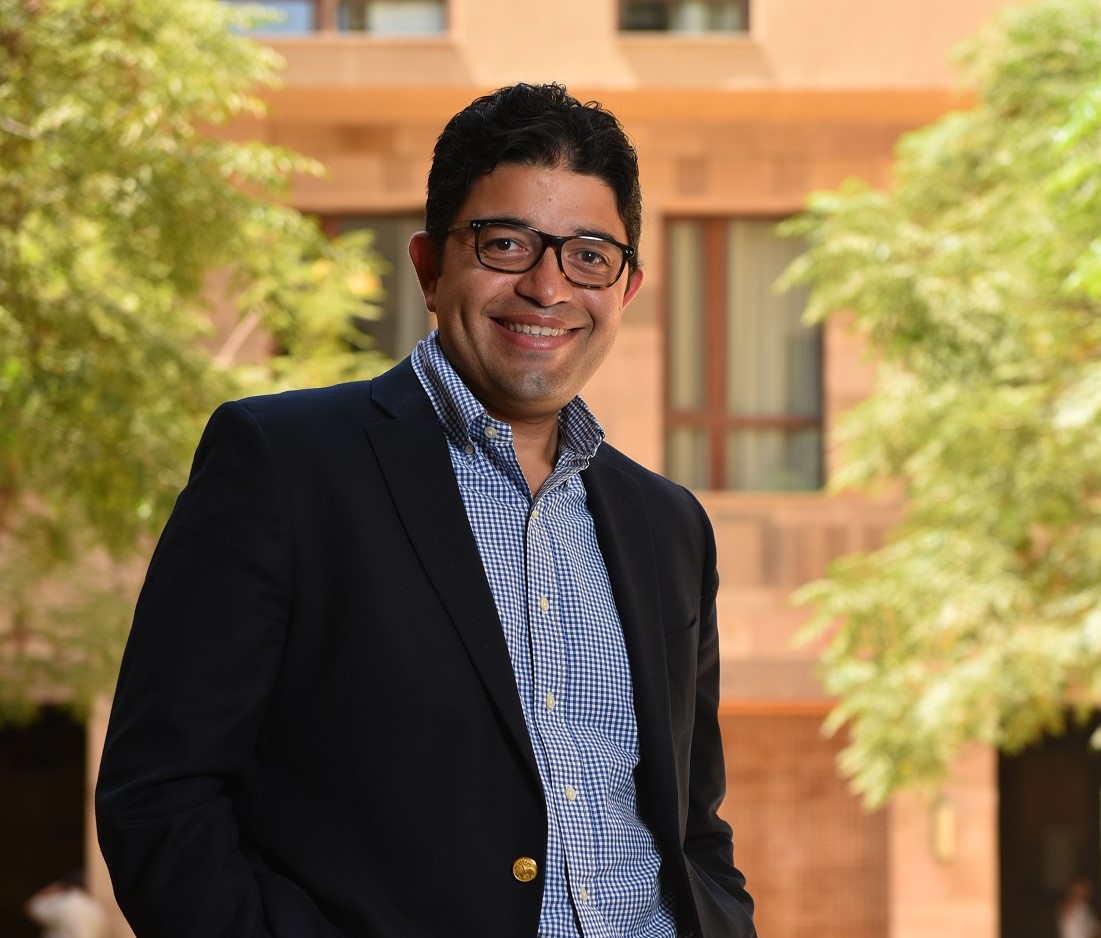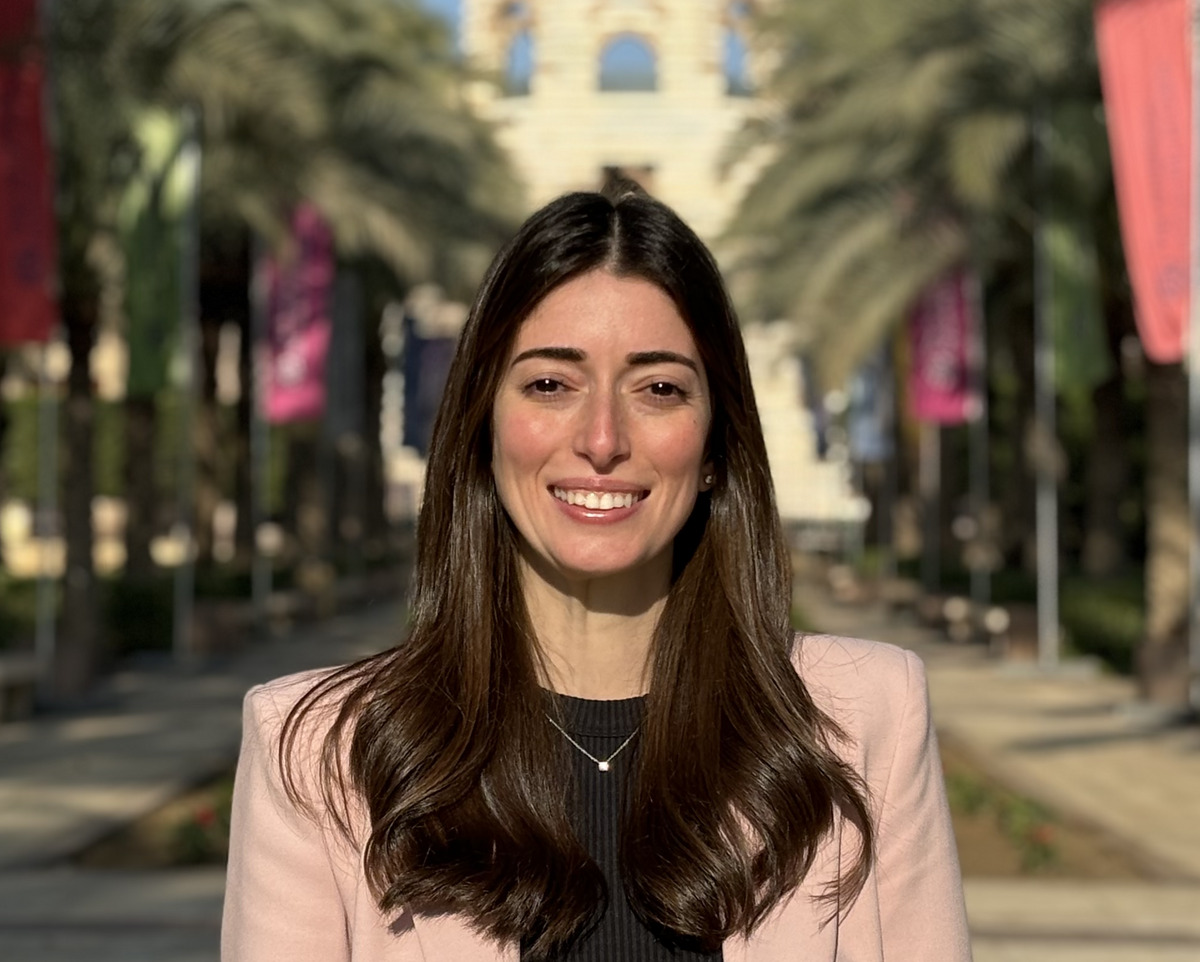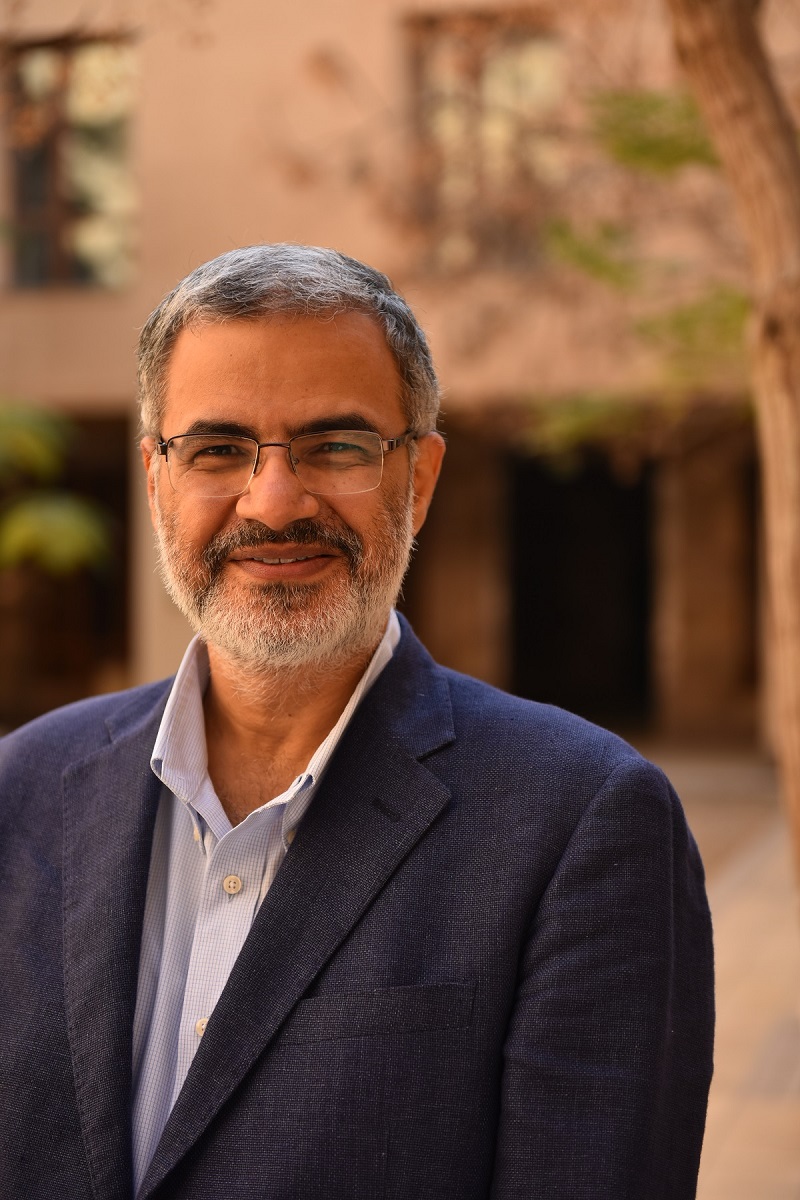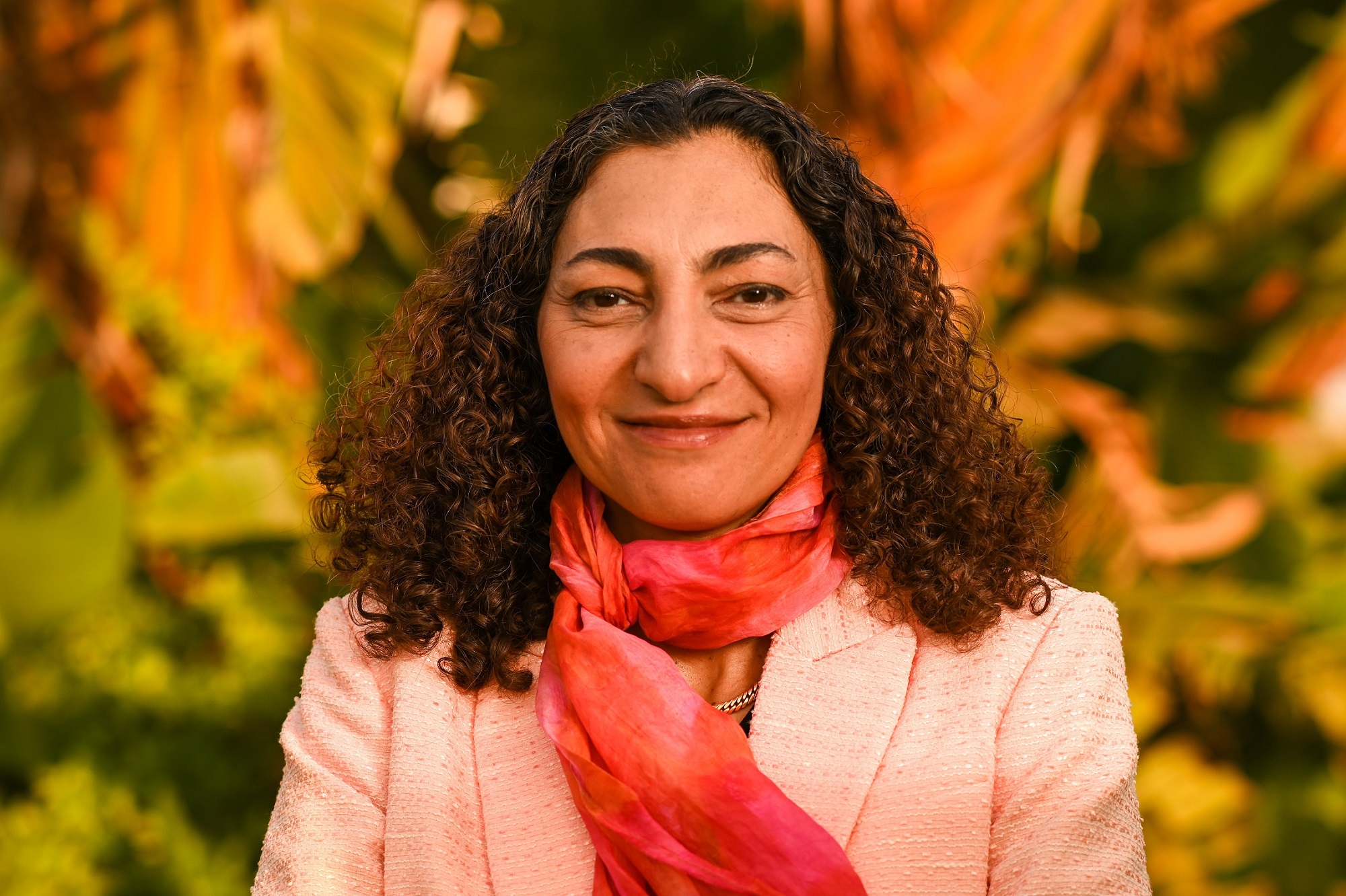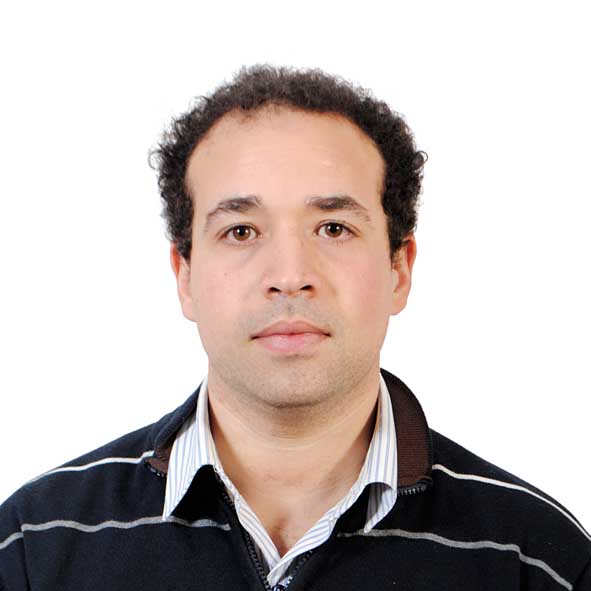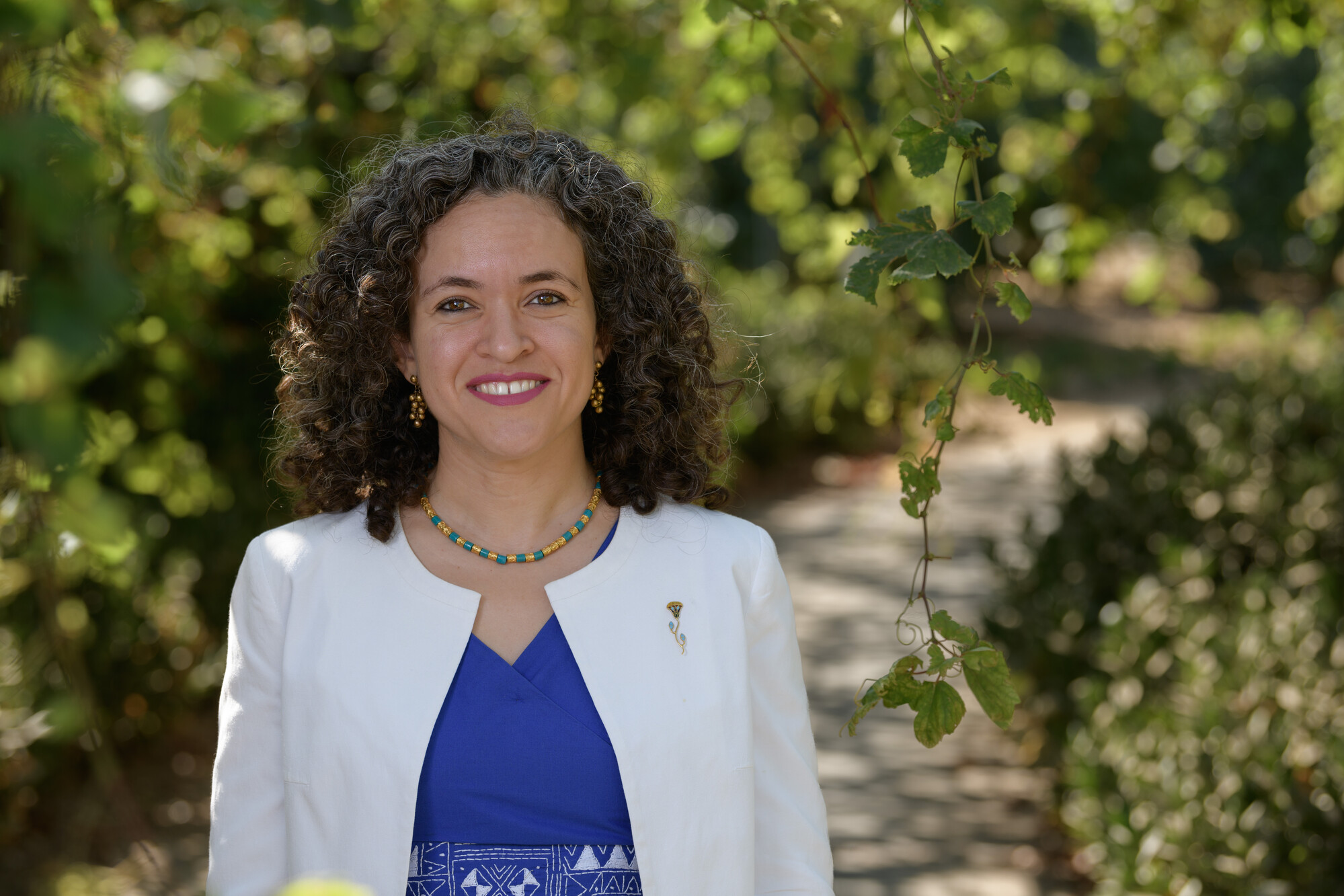Faculty Profiles
Meet our highly-accomplished faculty members.
Featured Faculty
AUC has distinguished faculty of scholars and researchers who are impacting the world!
| Name(desc) | Position | Department |
|---|---|---|
| NameA. Sakr-Ashour, Fayrouz | Position Assistant Professor | Department Institute of Global Health and Human Ecology |
| NameA. Swillam, Mohamed | Position Chair and Professor | Department Department of Physics |
| NameAbd ElNaser, Anwar | Position Associate Professor of Global Health and Human Ecology | Department Institute of Global Health and Human Ecology |
| NameAbdalla, Nadine | Position Assistant Professor, Sociology, Egyptology and Anthropology | Department Department of Sociology, Egyptology and Anthropology |
| NameAbdallah, Wael | Position Assistant Professor, Finance | Department Heikal Department of Management |
| NameAbdel Azeem, Sherif | Position Professor and ECNG Graduate Program Director | Department Department of Electronics and Communications Engineering |
| NameAbdel Fattah, Dina | Position Assistant Professor and Chair of Mohamed Shafik Gabr Department of Economics | Department Mohamed Shafik Gabr Department of Economics |
| NameAbdel Kader Basuony, Mohamed | Position Professor and Chair of Youssef Nabih Department of Accounting | Department Youssef Nabih Department of Accounting |
| NameAbdel Kawi, Amr | Position Professor of Practice, Architecture | Department Department of Architecture |
| NameAbdel Meguid, Ahmed | Position Professor | Department Youssef Nabih Department of Accounting |
| NameAbdel Zaher, Angie | Position Associate Professor, Accounting | Department Youssef Nabih Department of Accounting |
| NameAbdel-Rahman, Ehab | Position Provost and Professor, Physics | Department Department of Physics |
| NameAbdelaziz Ahmed Abdelaziz, Omar | Position Associate Professor | Department Department of Mechanical Engineering |
| NameAbdellatif , Ahmed | Position Associate Professor of Biomedical and Neurosciences | Department Nancy Hopkins Department of Biology |
| NameAbdelmohsen, Sherif | Position Professor and Chair | Department Department of Architecture |
